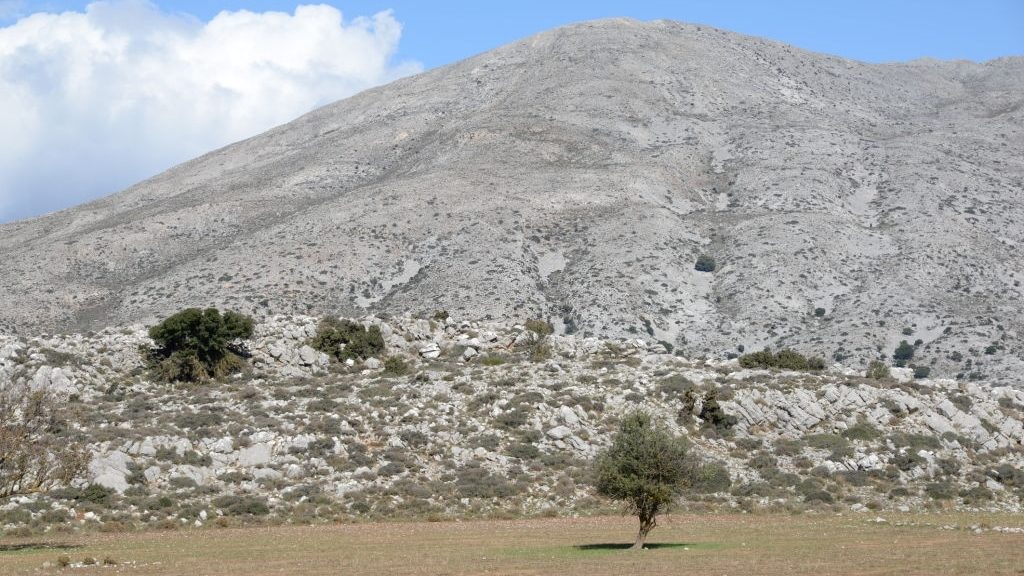
Nissimos Plateau
Nissimos plateau is a relatively small and lesser-known but beautiful plateau in the municipality of Lassithi. It is located north of the settlement of Tzermiado and Lassithi Plateau, at an altitude of 890 m.
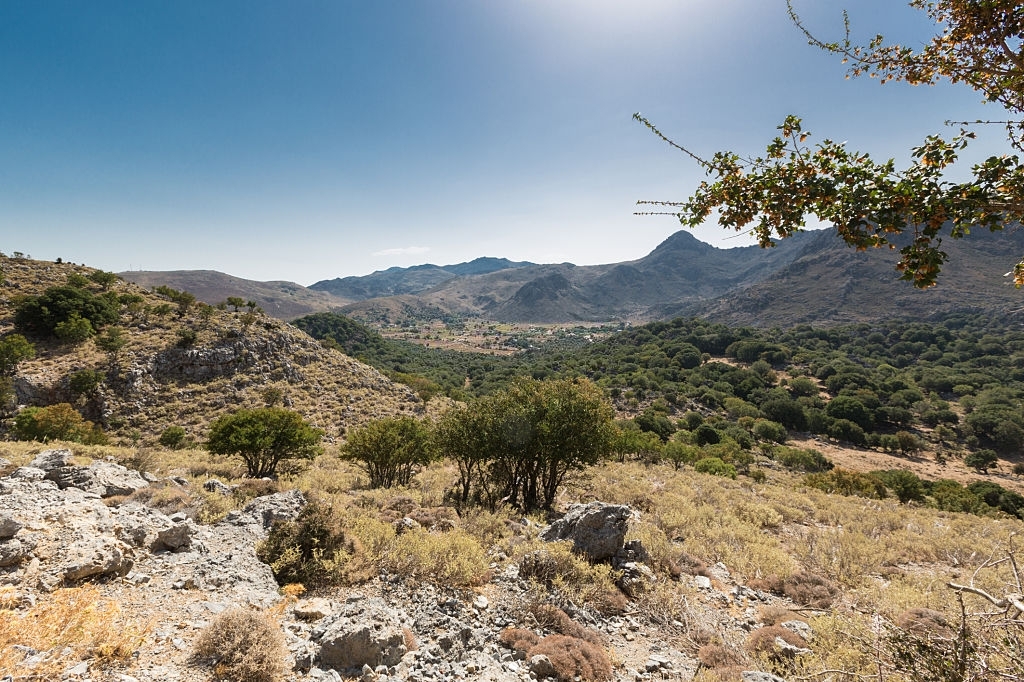
The plateaus of Crete are the ornaments of the mountain landscape, a gift of the island’s geomorphology. Some of them are inhabited while others are devoted only to livestock rearing. What is certain is that each has its own character, nature and form. Most have supported communities since antiquity. Many played important, if often tragic, roles in the story of the struggles for liberty, becoming rebel bases of operations. In these isolated areas, the visitor comes face to face with the essence of Crete.
As a mountainous region, the island of Crete is blessed with a range of fertile plateaus. The largest of them is the plateau of Lassithi, found on the eastern region of the island, nestled between the rugged terrain of Dicti Mountains. Here visitors will find the Psychro Cave or Diktaion Antron, one of the possible locations where Zeus was born. The highest peak in the area is Spathi, with an altitude of 2148. It is one of the only plateaus on the island occupied year-round; most of the permanent population is engaged in animal rearing and agricultural professions.
The plateau of Omalos in Chania, the most famous but not the only one with this name, is an area most visitors may get to see if they venture towards Samaria Gorge. Located in the White Mountains range (or Lefka Ori), this is where you will find traditional stone buildings called mitata, that shepherds used in the past for protection during bad weather.
Omalos played a major role in the rebellions against the Turks and made an ideal refuge and base for the Cretan rebels.
In the area of Psiloritis Mountain (or Mount Ida), once a heavily forested area, we find the plateau of Nida. Its name comes from a contraction of the words “στην Ιδα” (stiN Ida) and its history is closely linked to Greek mythology. This is where the Goddess Demeter fell in love with a mortal, and where Charidemos chased and caught his beloved. In recent history, Nida was used as a hideout by the rebels fighting against the German Occupation in World War II.
Let’s now explore some of the most well-known and stunning plateaux that Crete island has to offer.

Nissimos plateau is a relatively small and lesser-known but beautiful plateau in the municipality of Lassithi. It is located north of the settlement of Tzermiado and Lassithi Plateau, at an altitude of 890 m.
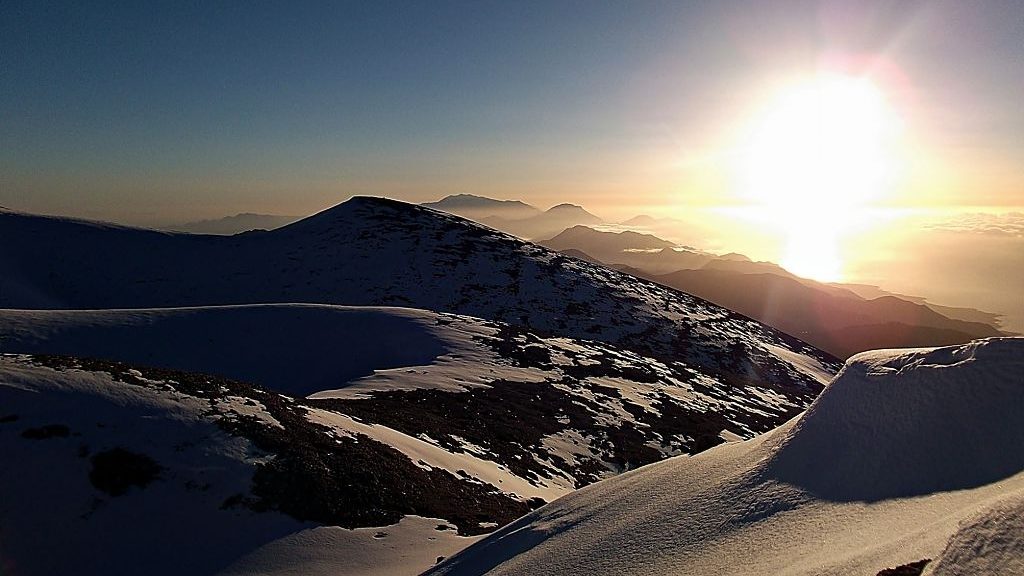
Niatos is a small plateau at an altitude of 1,200 meters and is a polje, like most of the plateaus of Crete.
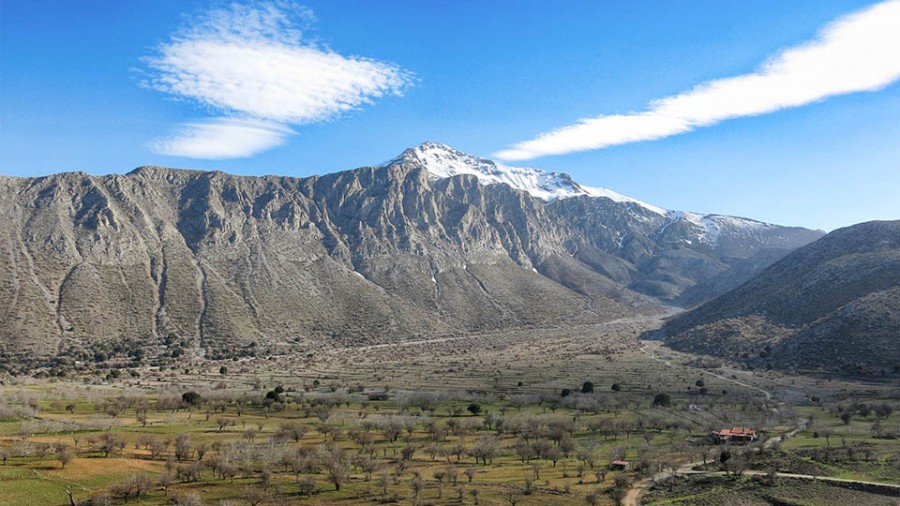
Limnakaro is a small but wonderful plateau at an altitude of 1150 m, known mainly to climbers and adventure enthusiasts.
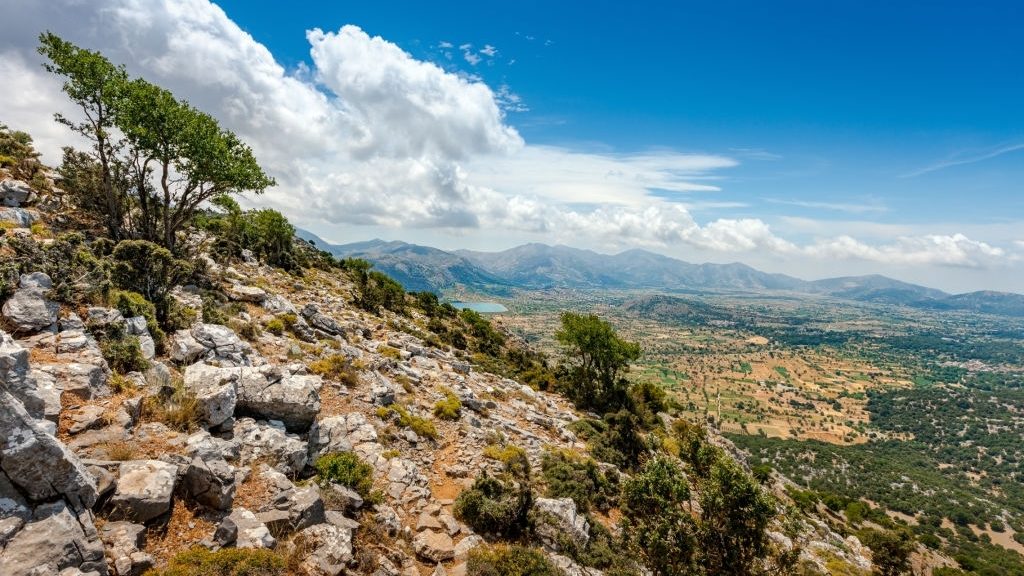
The plateau of Katharo (meaning “clean” in Greek), is located at an altitude of 1150 m, in Lassithi, in eastern Crete. To its southwest rear the high peaks of the Lassithi mountains. It is linked geomorphologically and hydraulically with the main and lower Lassithi plain through the Havga gorge which for most of the time runs like a torrent.
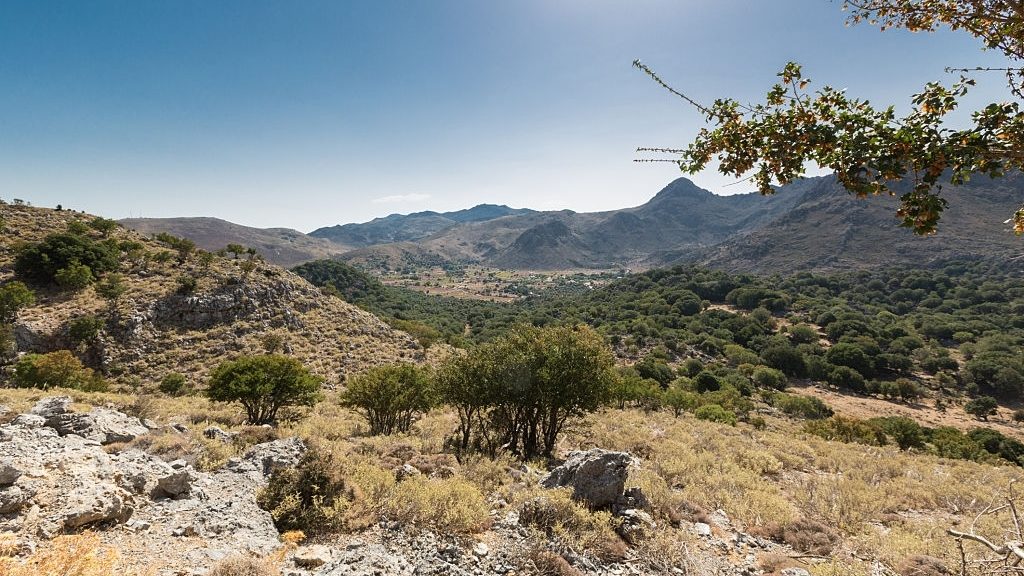
Kallikratis is a small plateau, named after the village of the same name, located in the White Mountains in Sfakia province, at an elevation of some 540 m.
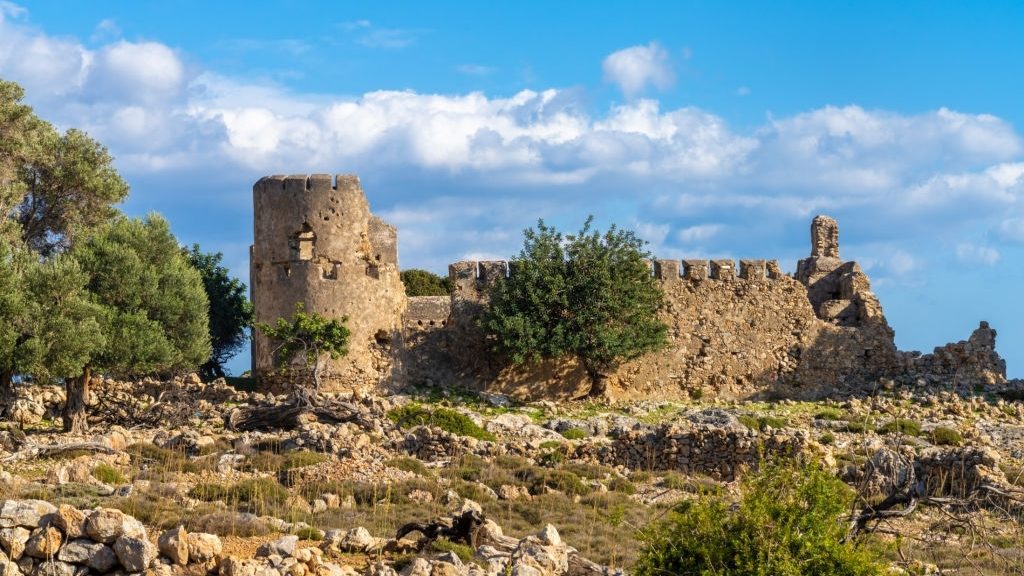
The plateau of Anopolis is just 13 km from Chora Sfakion. A winding road climbs the bare mountains, offering extensive views out towards the little island of Gavdos; it ends in a pine-covered plain. Anopolis was an important settlement; the area and village are named after the ancient city of the same name.
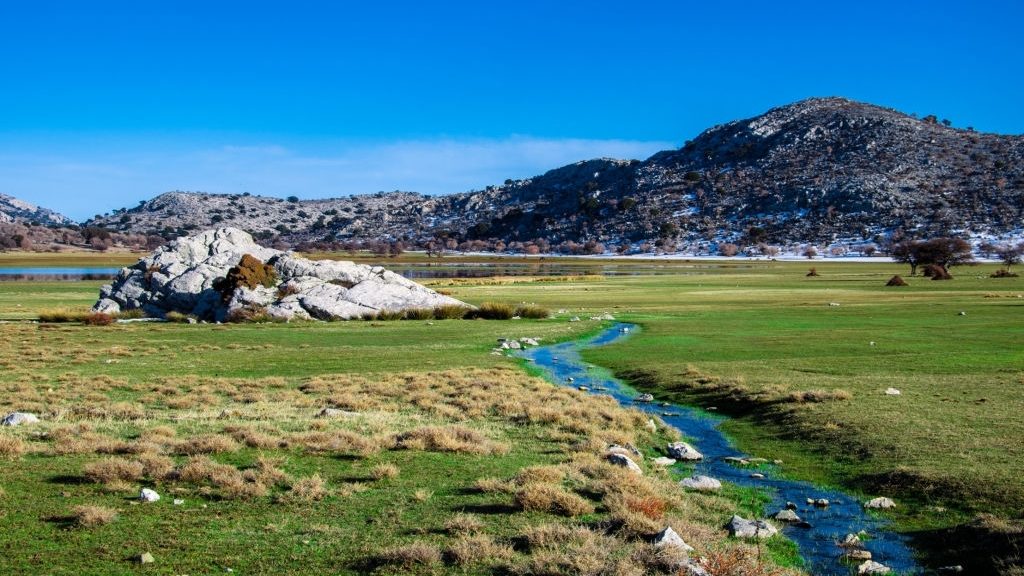
The Omalos Plateau of Viannos is located at the south-east Dikti range around a cluster of enclosed basin-like plains and is the largest of the lot.
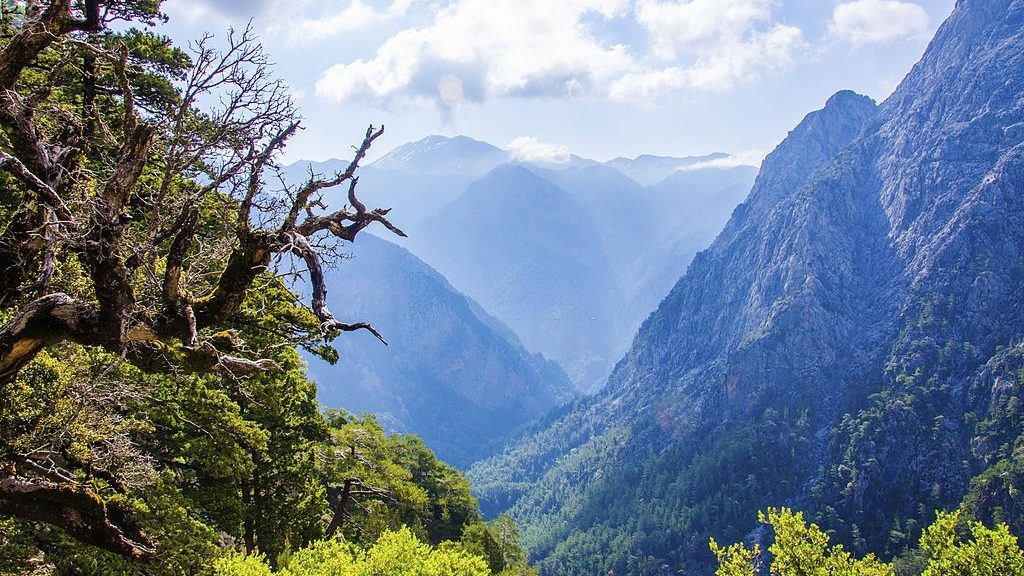
Omalos Plateau is located at the White Mountains range and is one of the great plateaus of Crete. An irregular circle, a polje (a large, flat plain found in limestone karst regions), of some 6 sq km, it is surrounded by peaks – Koukoule (1640 m) to the east, Gigilos (2005 m), Volakia (2117 m), and Psilafi (1936 m) to the south, with Trouli (1455 m) west and Katrinari (1318 m) to the north. The north region, called Lakkiotikos Gyros,…
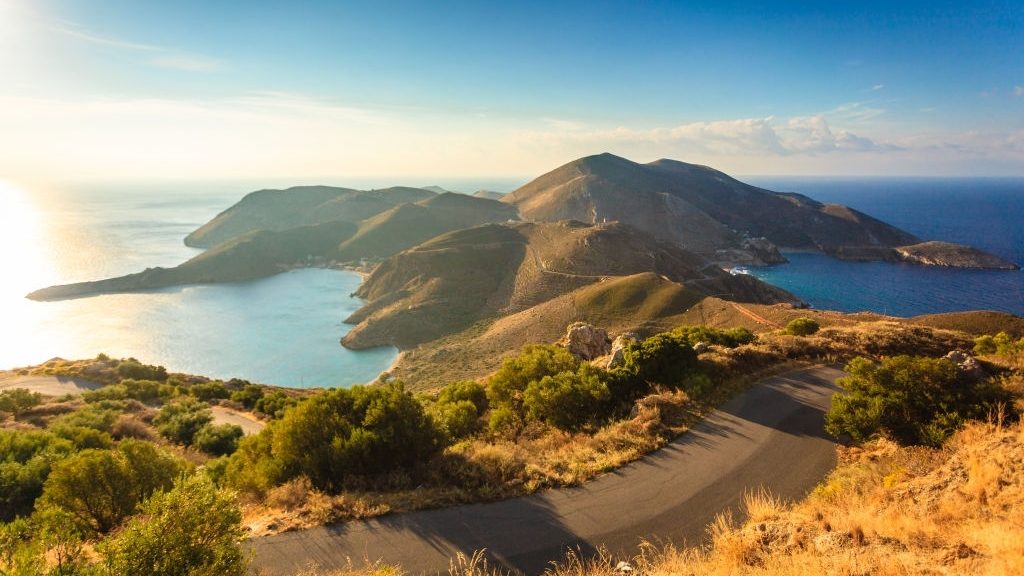
At an altitude of 850 m, the Lasithi Plateau is the largest mountain plain in Crete – and the only one occupied all year-round. Roughly ovoid, it runs some 11 km east-west and 6 km north-south. Surrounding it are the peaks Selena (1559 m) at the north, Afendi (1588 m) and Louloudaki (1163 m) west, Spathi (2148 m) to the south and Katharo (1564 m) and Varsami (1545 m) to the east. Animal-rearing and agriculture were the main occupations in…
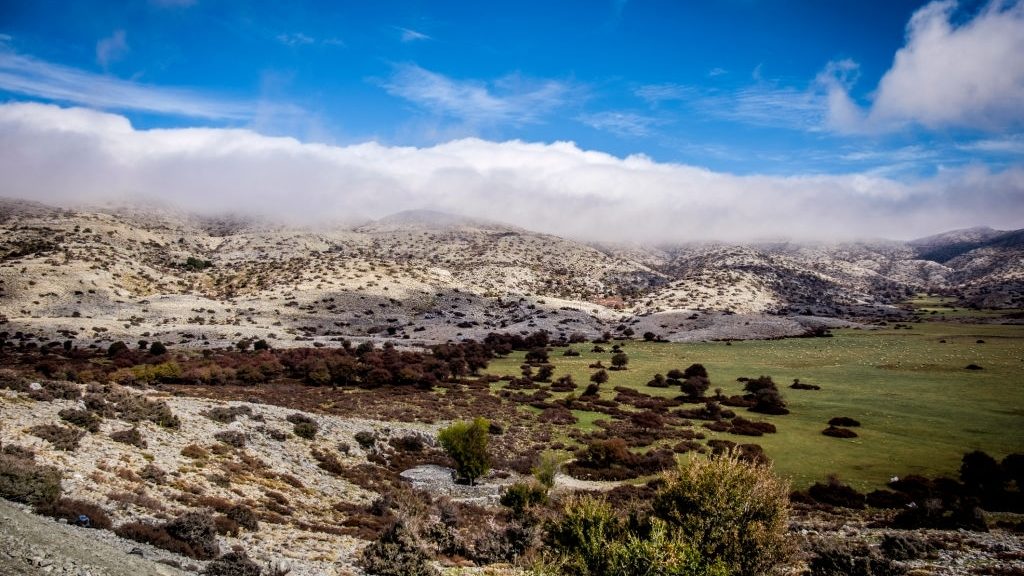
Nida Plateau lies at the heart of the Psiloritis or Ida range. Its name comes from a contraction of the words “στην Ιδα” (stiN Ida). In shape, it is roughly triangular, with its shortest side at the south, the so-called Passage of Milias, through which the southern foothills towards Mesara can be accessed. East of the plain is the peak of Skinakas. Here at a height of 1750 m, we find the only Astronomical Observatory on Crete.
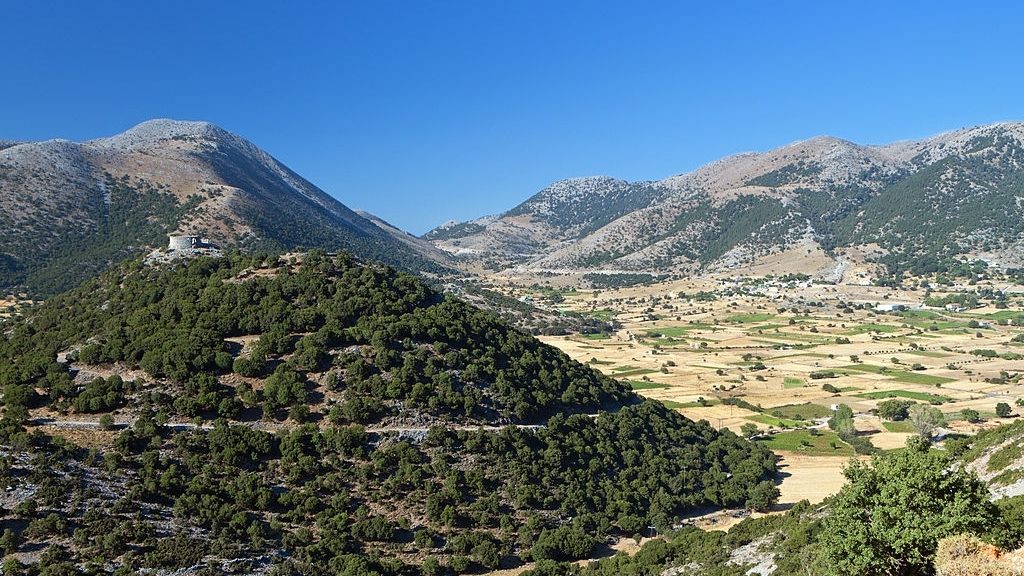
Askifou Plateau is located in the west part of the White Mountains – on the road from Sfakia towards Apokoronas and Chania. It resembles a cup and is surrounded by the peaks of Kastro (2218 m) to the west, Trypali (1493 m) to the east and Angathes (1511 m) to the south. Around the edges of the plain are the villages of Ammoudari, Kares, Kosto, Petres, Mesa and Exo Goni and Stavorachi. The plateau has been cultivated for a very…